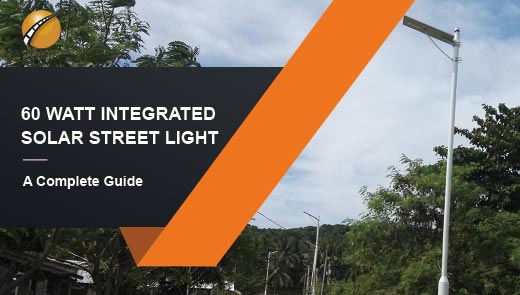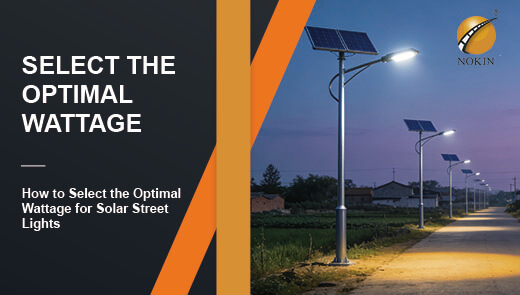Design Considerations for Airport Flood Lights to Ensure Effective Lighting Coverage
In the field of air transportation, airports, as the core hub of aircraft landing and ground operations, are critical to their safe operation. When night falls or when encountering severe weather such as fog or heavy rain, airport flood lights become a key facility to ensure flight safety. In this article, we will discuss the design considerations for ensuring effective lighting coverage of airport flood lights.
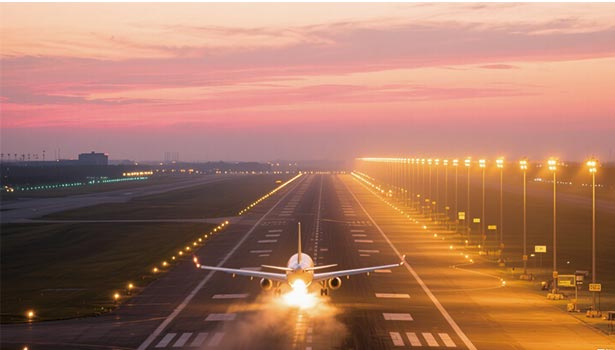
Understanding the Importance of airport flood lights
Enhancing flight safety
Airport flood lights play an integral role in the landing, takeoff and taxiing of airplanes. Clear and bright lights can provide pilots with precise visual guidance on runway boundaries and taxi routes, helping them to accurately judge distances and directions, and effectively reduce the probability of runway deviations and collisions caused by poor visibility. According to relevant data, airports equipped with perfect lighting systems have a 30% - 40% lower accident rate at night and in bad weather than airports with insufficient lighting.
Safeguarding operations under special conditions
Airport flood lights are critical to maintaining normal airport operations at night or in adverse weather conditions such as fog or heavy rain. For example, in foggy conditions, high-intensity, high-penetration flood lights can effectively increase runway and taxiway visibility, ensuring safe takeoff, landing and taxiing of aircraft, avoiding airport closures due to poor visibility, and reducing flight delays and cancellations.
Key factors affecting the design of airport flood lights
Comply with regulations and standards
Authorities such as the International Civil Aviation Organization (ICAO) and the U.S. Federal Aviation Administration (FAA) have established a series of stringent airport lighting regulations and standards. These standards cover all aspects of lighting system design, installation and maintenance, and are designed to ensure consistency and standardization of airport lighting systems worldwide. For example, ICAO stipulates that runway edge lights should be spaced no more than 60 meters apart and that light color and brightness should meet specific requirements. Strict adherence to these standards is the foundation for safety and navigational accuracy in lighting systems.
Consideration of environmental factors
The design of flood lights takes into account the local climate, terrain and surrounding infrastructure. In terms of climate, foggy areas require highly penetrating lights to ensure that pilots can clearly recognize the runway in dense fog; rainy areas require waterproof designs to seal the lamps and prevent rainwater from damaging the circuitry; and coastal areas, due to the strong corrosion of salt spray, require the use of anticorrosive coatings and corrosion-resistant optics to prolong the life of the lamps and lanterns.
Terrain has a significant impact on light projection. Mountainous airports have undulating terrain, which can easily cause mountain blockage or lighting angle deviation, forming a lighting blind spot. In this regard, designers need to optimize the lighting layout according to the terrain, reasonably adjust the floodlight installation position and projection angle, and if necessary, additional fill light to ensure uniform and effective lighting.
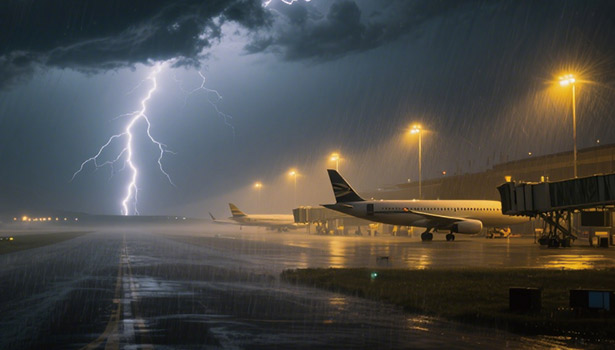
Buildings, trees and other infrastructure around the airport can also hinder the spread of light. Tall buildings create shadows and dense trees weaken the light intensity. During the design phase, we need to plan the lighting location through accurate measurement and calculation, avoiding obstructions and choosing the right installation point to ensure unobstructed light projection and minimize the negative impact of obstructions.
Integrate with airport layout and navigation equipment
The design of airport flood lights should be organically combined with runway edge lights, taxiway lights and approach lighting systems to form a unified visual guidance system. Integration with navigation equipment such as Precision Approach Path Indicators (PAPI) and Runway Visual Range (RVR) systems is also critical. For example, the PAPI system provides pilots with downhill guidance through light color changes, and the layout and brightness of the flood lights need to be coordinated with it to ensure that pilots obtain clear and accurate navigation information.
Reduce glare and light pollution
Glare from overly strong or improperly positioned lights can seriously impair the vision of pilots and air traffic controllers, increasing flight risk. In addition, excessive light spillage can have adverse effects on neighboring communities and ecosystems, such as disturbing residents and misleading nocturnal migrating birds. Through the use of shields, precise adjustment of the light projection angle and reasonable control of light intensity and other technical means, we can ensure the effective lighting of the runway, tower and other key areas of the airport, while minimizing glare and light pollution, to protect aviation safety and ecological balance.
Reliability and redundancy
The reliability of the airport floodlight system is directly related to flight safety, and any failure may lead to serious consequences. During thunderstorms or when the equipment is aging, the lighting system may fail at any time, resulting in aircraft not being able to land or take off normally. Therefore, it is necessary to introduce redundancy and backup mechanisms into the design, such as equipping backup power supplies, setting up redundant lighting circuits and installing automated monitoring systems. The backup power supply can be activated in seconds after a power failure, the redundant lines ensure that partial line failures do not affect the overall lighting, and the automated monitoring system scans the parameters of the equipment in real time and gives an immediate warning of any anomalies. Once the main system fails, the backup system can start quickly to ensure uninterrupted lighting.
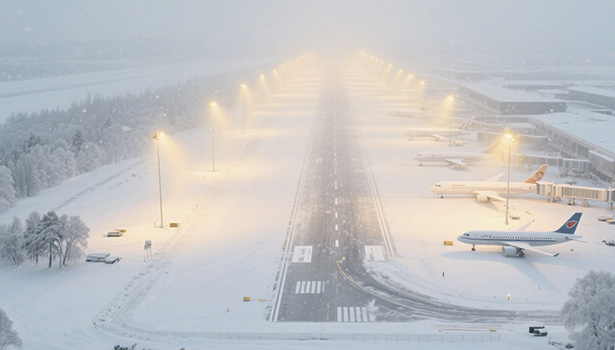
At the same time, the establishment of regular maintenance and testing system, timely detection and resolution of potential problems. Maintenance personnel check the lamp life, line connection and equipment operation status every month, use professional instruments to detect hidden dangers, and replace worn-out parts in advance, so as to ensure the stable operation of the floodlighting system in an all-round way.
Choosing the Right Lighting Technology
LED flood lights are the ideal choice for airport lighting due to their significant advantages. In addition to energy saving and long life, LEDs have excellent color rendering, which reproduces the color of objects and helps pilots identify runway and ground markings more clearly. At night or in low visibility, traditional lighting equipment can cause color distortion, while LED's high Color Rendering Index (CRI) allows key colors such as yellow and white for runway markings and red for obstacle warning lights to remain sharp, greatly enhancing visual recognition.
Meanwhile, the LED floodlight supports programmable control, which can flexibly adjust the light intensity and color temperature according to different weather and flight scenarios to meet diversified lighting needs. In bad weather, such as fog and rainstorms, the system can automatically increase the brightness of the light to expand the irradiation range; when the airport is in low-traffic hours, the light intensity will be reduced to minimize energy consumption.
In addition, by adjusting the color temperature, the system simulates warm light at dusk to avoid strong contrast with natural light, and switches to cool white light at night to enhance the clarity of lighting. This intelligent control not only optimizes the operational efficiency of the airport, but also reduces the impact on the surrounding environment by cutting down on unnecessary light, achieving the perfect unity of functionality and environmental protection.
Addressing challenges
Problems with debris accumulation
Dust, snow, ice and other debris on the runway tend to accumulate on the surface of the flood lights, seriously affecting light output and visibility. Frequent snowfall in winter leads to the accumulation of snow on the surface of the flood lights, which significantly reduces the brightness of the lights and poses a great safety hazard for flights taking off and landing at night. According to professional statistics, the accumulation of debris can reduce the brightness of the lights by 20% - 30%, which not only increases the operating difficulty of pilots, but also may lead to runway identification errors. Therefore, it is necessary to formulate a scientific regular cleaning plan, using high-pressure dust-free cleaning equipment and professional anti-scratch cleaning methods, without damaging the surface of the lamps and lanterns, to ensure that the surface of the flood lights is clean, to maintain the best lighting effect, and to protect the safety of airport night operation.
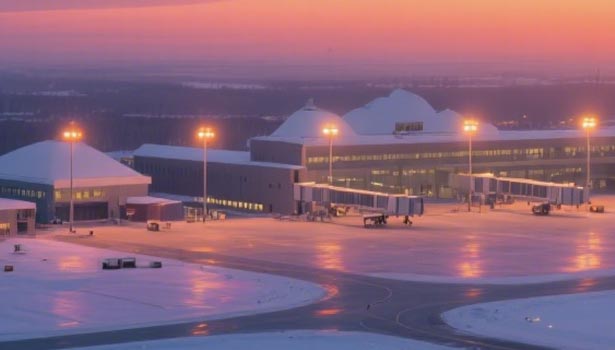
Extreme weather impact
Extreme weather such as heavy rain, strong winds and fog can adversely affect the performance of flood lights. In coastal areas, strong winds during the typhoon season often carry large amounts of seawater and sand, causing erosion and damage to the flood lights; under heavy rainfall, rainwater penetrating into the interior of the lamps and lanterns can lead to short circuits. In terms of design, flood lights need to be waterproof, dustproof, windproof and other protective features, to achieve IP65 and above protection level, to effectively resist the attack of harsh environments. At the same time, the use of special optical design, such as the use of light wave diffraction principle to enhance the penetration of light in the fog, to ensure that in torrential rain, wind, fog and other extreme weather, can still provide continuous and reliable lighting for the airport, to protect the flights landing and taking off normally.
Technology development trend
With the continuous progress of science and technology, airport flood lights are moving towards the direction of intelligence and automation. The integrated sensing system can monitor environmental changes in real time, such as detecting foggy weather, automatically enhance the brightness of the flood lights; advanced control system can monitor and feedback the operation status of each floodlight in real time, and once a fault is detected, it will immediately alarm and locate the fault, which facilitates maintenance personnel to deal with the problem quickly, and significantly improves the maintenance efficiency and reliability of the lighting system.
The effective lighting coverage of airport flood lights is of great significance for safeguarding aviation safety and normal airport operation. In the design process, it is necessary to comprehensively consider regulatory standards, environmental factors, system integration, energy saving and consumption reduction and other factors, as well as a reasonable choice of lighting technology, and actively respond to the challenges of debris accumulation, extreme weather and so on.
With the continuous development of intelligent and automation technology, future airport flood lights will be more intelligent, efficient and reliable, providing a more solid guarantee for air transportation safety. Airport managers and designers should attach great importance to these design points and continue to optimize airport lighting systems to promote the safe and sustainable development of aviation.

